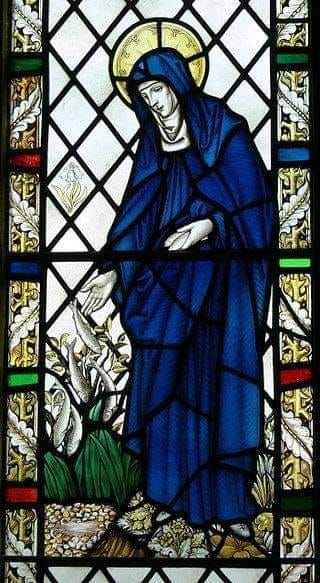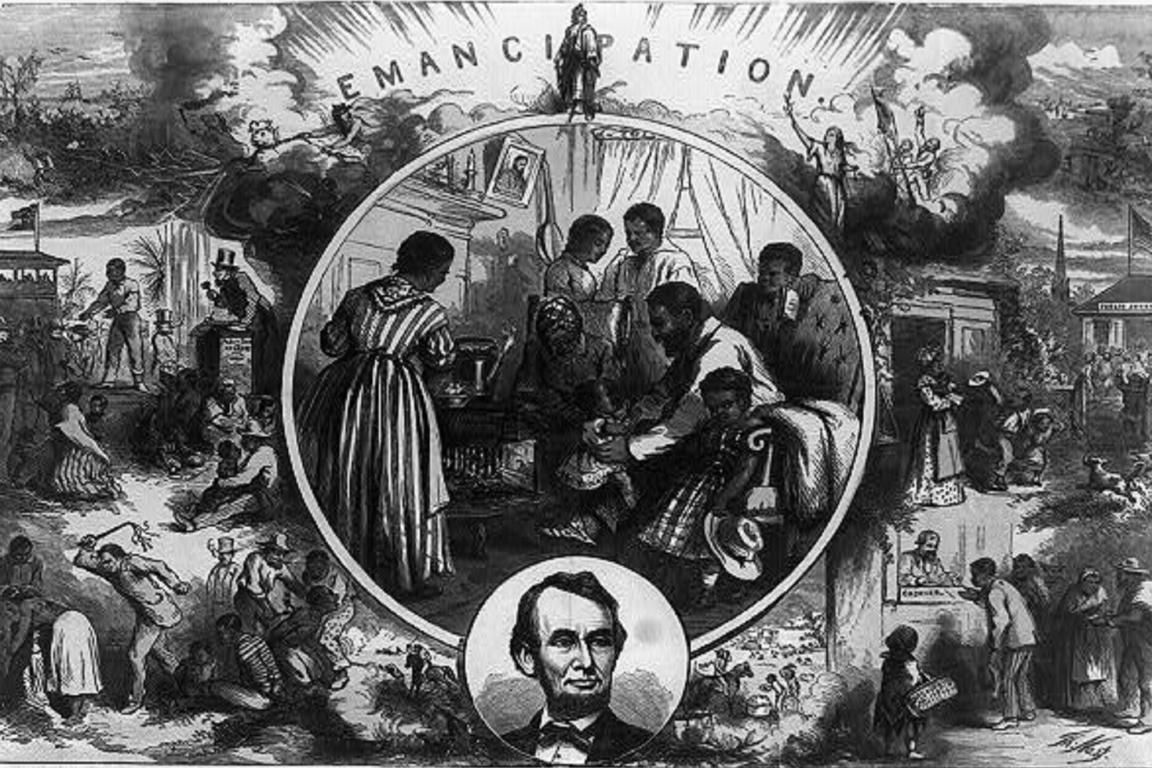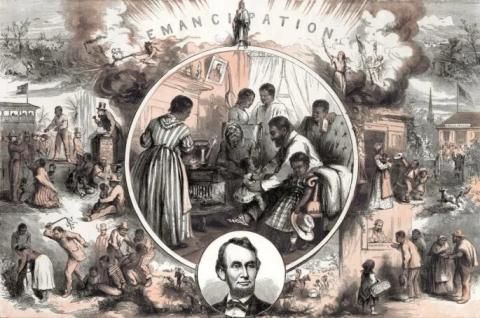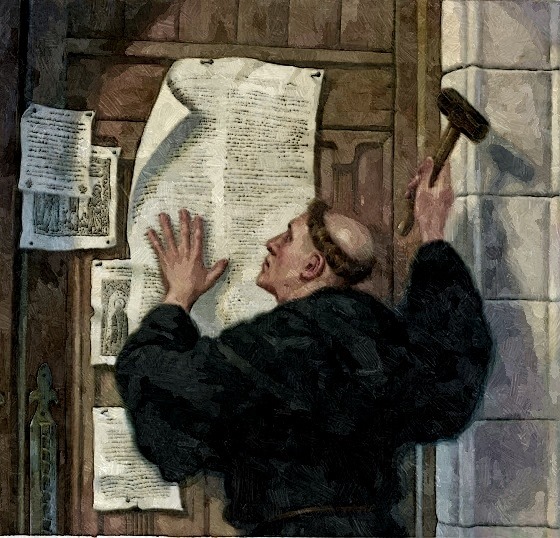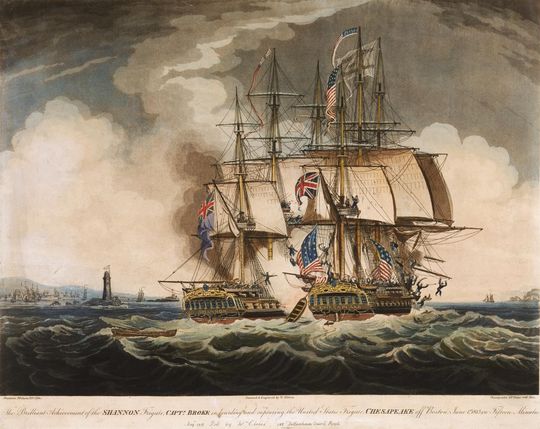St. Brigid and Anamchara (Love, Loyalty, and Friendship) – By Daniel Sheridan
It is St. Brigid’s Day in Ireland. Who was she?
Brigid was a goddess worshiped in ancient Ireland. A Gaelic chieftain named his daughter in her honor. She converted to Christianity, and a legend claims Saint Patrick himself led her to Christ. After her conversion, Brigid and her followers, in the language of McCourt, “doused the perpetual light of the goddess and lit a new one in honor of Christ.”
Brigid and her friends became the first society of Christian women in Ireland. Her generosity was legendary. Her care for the poor inspired others to imitate her. Brigid’s name became so famous, her character so admired, that she became the ideal of femininity, and men began calling their loved ones by her name – BRIDE.
Many believe that the concept of Anamchara originated with Brigid. “Anam” means soul, and “chara” means friend. It’s a concept that sprang from the Irish Monasteries of Patrick’s day, embracing men and women from all walks of life. Brigid of Kildare once said,
“Anyone without a soul-friend is like a body without a head.”
An Anamchara is a confessor, an advisor, a spiritual companion, and a compassionate presence. It is about coming together with one another in service to God and humanity.
My Aunt Bridie is named after Brigid. Just before her death, she said to me in her Irish brogue:
“What we need today is Christian virtue. I see friends my age paying seven to eleven thousand dollars per month just to stay alive in horrible homes! Where’s the family? Where is the Christian care? When I was a child in Ireland, my parents believed it was their duty to take care of anyone in the neighborhood who was sick. A neighbor took care of my grandmother. Every day she would come to change her sheets. Pride and comfort have replaced Christian love. Politics will never solve our problems, but love will. The true riches of a nation have nothing to do with its military or technology, but in how its people treat each other.”
Love, loyalty, and friendship are the greatest needs of our generation.

